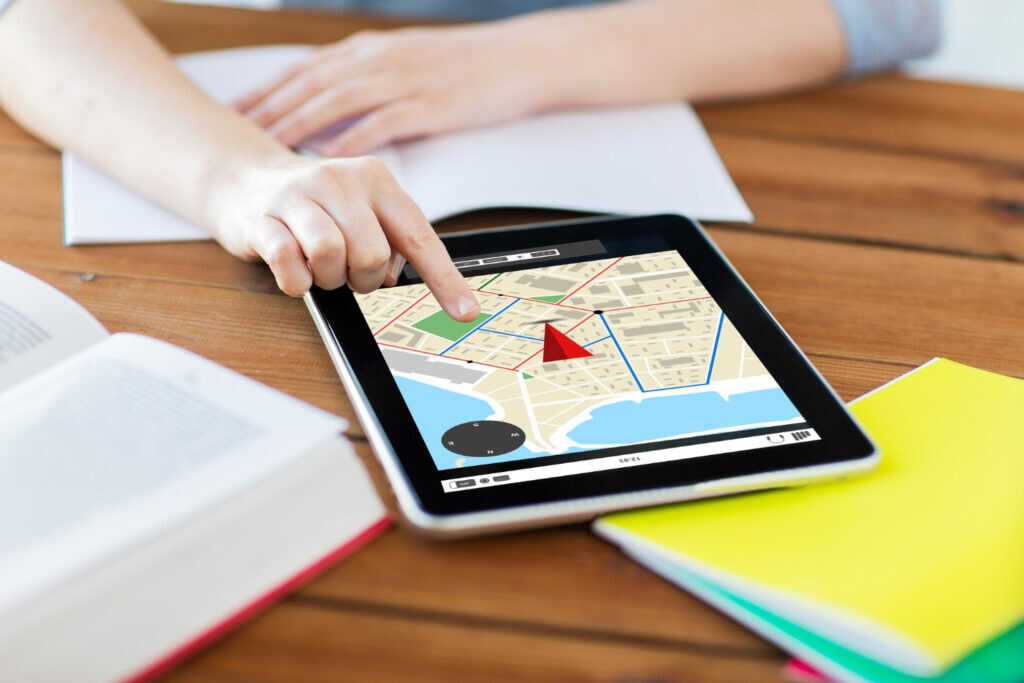Custom Branding vs Manual Workflows: What You Should Know
In today’s fast-paced business environment, companies need to streamline their processes. This blog post explores the critical aspects of custom branding versus manual workflows, emphasizing automation and efficiency.
Custom Branding vs Manual Workflows: What You Should Know
As businesses strive to enhance their operational efficiency and brand identity, the debate between custom branding and manual workflows has become increasingly relevant. This article delves into these two approaches, examining their advantages, challenges, and practical implications for businesses of all sizes. We’ll explore how integrating custom branding into automated workflows can elevate your brand while saving time and minimizing human error.
In the modern business landscape, efficiency is key. Companies are continually looking for ways to improve their processes and reduce time spent on manual tasks. When considering the integration of custom branding into your workflows, it’s essential to understand both sides of the equation. Manual workflows, despite their traditional appeal, often lead to inefficiencies that can hinder growth and customer satisfaction.
On the other hand, custom branding adds significant value by enhancing the customer experience and solidifying brand identity. This blog post will provide insights into how businesses can achieve a harmonious balance between custom branding and workflow automation, ultimately driving success in their respective industries.
The Importance of Custom Branding
Custom branding is not just about having a logo or a color scheme; it’s about creating a unique identity that reflects your business values and resonates with your target audience. A strong brand can differentiate your business in a competitive market, leading to increased customer loyalty and trust.
According to studies, businesses with consistent branding see a 23% increase in revenue compared to those without. This illustrates the powerful impact of branding on customer perception and bottom-line results. Custom branding allows businesses to convey their story, mission, and values effectively.
For instance, a pool service company using a custom-branded invoicing solution can reinforce its professionalism and attention to detail. By utilizing tools like [Pool Biller Software](https://ezpoolbiller.com/), businesses can ensure that their invoices not only reflect their branding but also provide a seamless experience for their clients.
The Drawbacks of Manual Workflows
While manual workflows might feel familiar and traditional, they come with significant drawbacks. One of the most pressing issues is the risk of human error. Manual data entry, calculations, and invoicing can lead to inaccurate billing, which can damage customer relationships and reduce trust.
In addition to error risks, manual workflows consume valuable time. According to reports, companies can waste up to 30% of their employees’ time on repetitive tasks. This inefficiency restricts your team’s potential to focus on core business functions, such as customer service and business development.
Furthermore, manual processes create challenges in tracking performance metrics. Without proper automation, obtaining insights into your operations can be tedious and time-consuming. This lack of data visibility can hinder strategic decision-making, which is vital for growth and sustainability.
Integrating Automation for Enhanced Efficiency
Automation can mitigate many challenges associated with manual workflows. By integrating automated systems, businesses can save time and enhance accuracy across their operations. For instance, implementing invoicing software, such as [EZ Pool Biller](https://ezpoolbiller.com/), allows pool service businesses to automate their billing processes, reducing the likelihood of errors.
Moreover, automation provides data analytics capabilities that enable businesses to monitor performance, track service trends, and evaluate customer satisfaction. These insights are crucial for making informed decisions and improving service delivery.
Automated workflows also facilitate better communication with clients. Businesses can set up automated reminders and invoices, ensuring clients are informed and engaged throughout the service process. This level of professionalism not only enhances customer experience but also strengthens client relationships.
Best Practices for Custom Branding in Automated Workflows
To effectively integrate custom branding into your automated workflows, consider the following best practices:
- Consistency is Key: Ensure that your branding remains consistent across all touchpoints, from invoices to marketing materials. This consistency reinforces brand identity and builds trust.
- Utilize Customizable Solutions: Choose software that allows for easy customization of branding elements, such as logos and colors. This flexibility ensures that your business’s unique identity is always represented.
- Keep It User-Friendly: Make sure that your automated systems are intuitive and easy to use. A complicated system can lead to frustration and decreased efficiency.
- Monitor Performance: Regularly review your automated processes and branding effectiveness. Gather feedback from clients and employees to identify areas for improvement.
Challenges of Implementing Custom Branding in Workflows
While the benefits of custom branding and automation are compelling, businesses may face challenges during implementation. One significant challenge is the initial cost associated with adopting new technologies. Many businesses, particularly small to medium-sized enterprises, may hesitate to invest in software solutions like [pool billing software](https://ezpoolbiller.com/) due to these costs.
Another challenge is resistance to change among staff. Employees accustomed to manual workflows may be reluctant to embrace new technologies that alter their day-to-day tasks. To overcome this resistance, businesses should provide adequate training and support, emphasizing the benefits of streamlined processes and reduced workloads.
Additionally, maintaining the integrity of your brand during the transition to automation is crucial. Businesses need to ensure that their brand voice and messaging remain consistent, even when utilizing automated systems. This may require ongoing adjustments and careful monitoring to align automated communications with brand values.
Future Trends: Custom Branding and Automation
The landscape of business operations is evolving rapidly. Future trends indicate that the integration of artificial intelligence and machine learning will further enhance the capabilities of automated workflows. These technologies can provide deeper insights into customer behavior, allowing businesses to customize their branding efforts even more precisely.
As consumer preferences shift, companies will need to remain agile and ready to adapt their branding strategies. Automation will play a vital role in this adaptability, enabling real-time modifications to marketing campaigns and customer communications.
Moreover, the use of advanced analytics will enable businesses to track the effectiveness of their branding efforts in real time. This data-driven approach will empower companies to refine their strategies quickly and effectively, ensuring they remain competitive in the market.
Conclusion
In conclusion, the choice between custom branding and manual workflows is not a binary one. Instead, businesses should seek to integrate both approaches for optimal results. Custom branding elevates customer experience and solidifies brand identity, while automation streamlines processes and reduces errors.
By harnessing the power of tools like [Pool Biller Software](https://ezpoolbiller.com/), companies can experience the benefits of automated workflows and customized branding seamlessly. As we move forward, businesses that embrace this integration will find themselves well-positioned to thrive in an ever-changing landscape.
Ultimately, the key lies in balancing the personal touch of custom branding with the efficiency of automation. By doing so, businesses can enhance their operations, build stronger customer relationships, and achieve sustainable growth.




